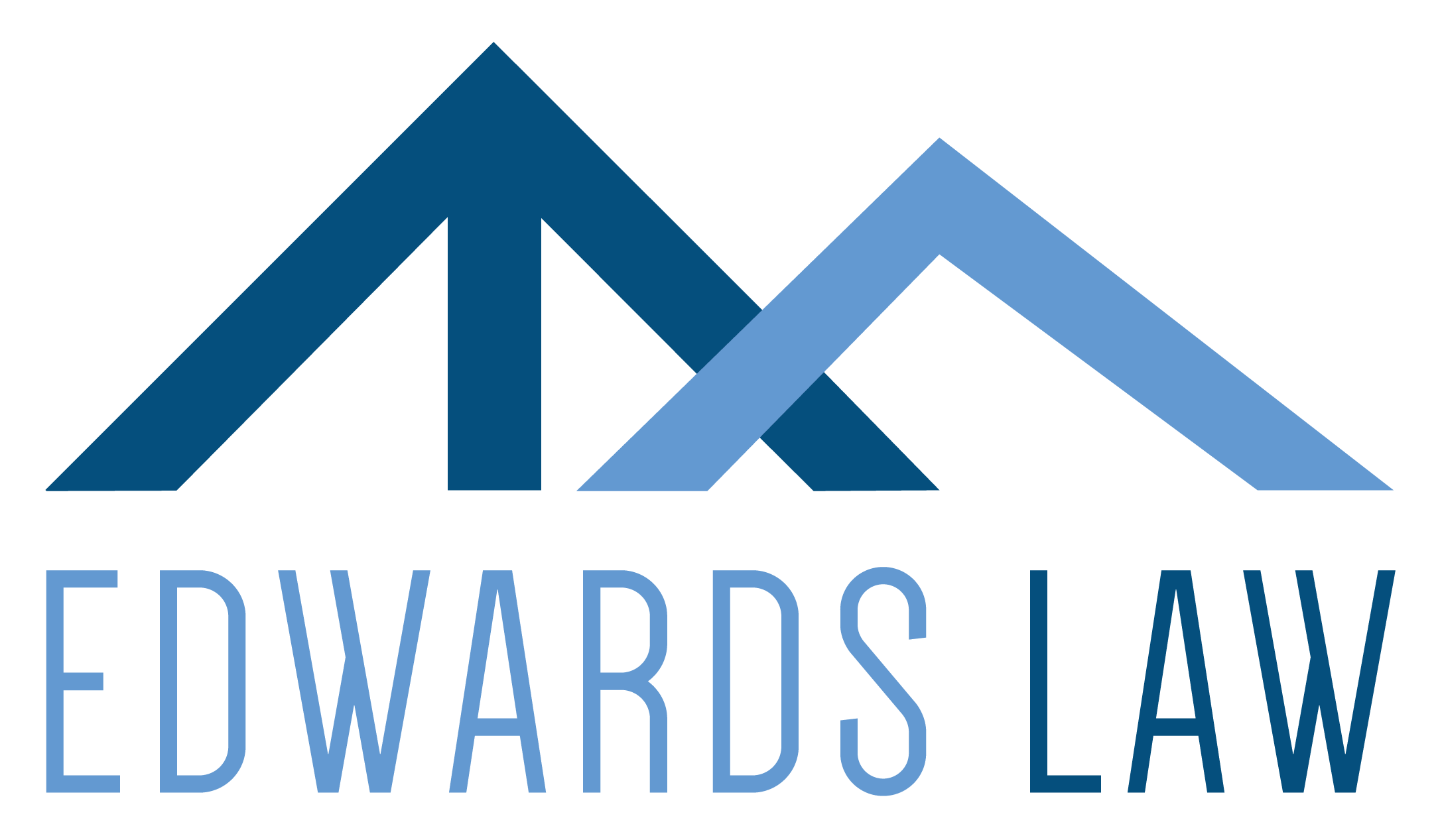
03 Jun Insurance Review-a Key Part of Litigation Planning, Especially in the Construction Industry
In last week’s blog we discussed creating a litigation budget, and the importance of planning ahead for unanticipated litigation expenses. Another important part of planning for unexpected litigation costs is making sure you and the companies/sole proprietors you work with have sufficient insurance.
When a new lawsuit comes in, the first things your attorney will help you do are: (1) identify key persons involved within your company and identify an internal “point person” to work with counsel; (2) implement a litigation “hold” for discovery; (3) create a litigation budget and calendar litigation deadlines; and (4) notify your insurance carrier of the lawsuit. However waiting until it is time to notify your insurance carrier about litigation to check your insurance coverage is too late.
Gilbane: Case In Point for Businesses in the Construction Industry
Being attuned to your company’s insurance needs and reviewing your company’s insurance (and those of the companies/sole proprietors with whom your company works) is particularly important if you are in the construction industry.
If you are a developer or general contractor, you may believe you can rely on subcontractor insurance to protect against construction defect claims. You might require your subcontractors to name your general contractor, and your company as developer, as additional insureds under the subcontractors’ insurance policies. Taking this approach, you may assume the subcontractors’ insurers will cover you and your general contractor against any future construction defect claim. However this is not always the case, as demonstrated by the Gilbane case.
Gilbane Bldg. Co./TDX Const. Corp. v. St. Paul Fire & Marine Ins. Co., No. 653199/11, 2016 WL 4837454 (1st Dep’t, Sept. 15, 2016), New York Supreme Court, Appellate Division, First Department
A recent New York court rejected this approach, and found that the standard blanket additional insured endorsement does not extend coverage to all upstream parties. In Gilbane Bldg. Co./TDX Const. Corp. v. St. Paul Fire & Marine Ins. Co., the parties were presented with your typical construction defect situation. The Dormitory Authority of the State of New York or DASNY contracted with Gilbane Building Co./TDX Construction Corp. (“General Contractor”) to be the construction manager or general contractor for the construction of a 15-story building.
DASNY also contracted separately with Samson Construction Company (“Sub/Prime Contractor”) to serve as the prime contractor for all foundation and excavation work. The contract between DASNY and the Sub/Prime Contractor required the Sub/Prime Contractor to name owner DASNY and the General Contractor as additional insureds under the Sub/Prime Contractor’s liability policies.
The Sub/Prime Contractor obtained a blanket additional insured endorsement from its insurer, Liberty, to satisfy its obligation to add the General Contractor as an additional insured. The language read as follows:
Additional Insured—By Written Contract
WHO IS AN INSURED (Section II) is amended to include as an insured any person or organization with whom you have agreed to add as an additional insured by written contract but only with respect to liability arising out of your operations or premises owned by or rented to you.
Based on the language in this endorsement, DASNY, the Sub/Prime Contractor, and the General Contractor all believed the policy covered the General Contractor as an additional insured. The parties discovered differently when DASNY asserted a construction defect claim against the General Contractor for the Sub/Prime Contractor’s defective work on the project.
Liberty, the Sub/Prime Contractor’s insurer, denied coverage. Liberty took the position that it was only required to add as an additional insured those parties with whom the Sub/Prime Contractor had a direct contractual relationship. Since the Sub/Prime Contractor’s contract was with the owner, DASNY, only, it argued the additional insured endorsement did not extend coverage to the General Contractor. The New York Supreme Court, Appellate Division agreed with Liberty’s analysis of the terms of the endorsement.
Takeaway from Gilbane
While the Gilbane decision represents a big departure from the construction (and insurance) professional’s understanding of additional insured coverage, your company must take steps to avoid the problem the General Contractor faced in the Gilbane case. This means you (and preferably your attorney) must make sure your company has the right additional insured endorsements and the proper contract language.
How Do You Make Sure Your Insurance Coverage Is Sufficient For Potential Litigation?
There are two provisions you and your attorney will want to include in any future contract your company has with a subcontractor, before agreeing to use that subcontractor. One provision is CG 20 38, titled, “Additional Insured – Owners, Lessees Or Contractors – Automatic Status For Other Parties When Required in Written Construction Agreement.” This is an endorsement created by the Insurance Services Office (the leading drafter of standardized policy forms), and serves to automatically extend additional insured coverage when the named insured is obligated to do so in a contract with that additional insured. However, this provision, alone, with not fully protect your company, as it only provides ongoing operations coverage; in other words, it only covers claims arising during the course of construction, and does not extend coverage for completed operations (which is when coverage is typically needed for defect claims).
To fill this gap, you and your attorney will also want to consider adding the standard CG 20 37 additional insured form language to the contract. This form extends additional insured coverage for completed operations. However, to use this form the insured must add your company specifically as an additional insured to the form.
Lastly, when drafting your company’s contract language, your attorney will want to include additional insured language requiring the parties to procure the additional insured ongoing operations endorsement using the 20 38 form, as well as the 20 37 completed operations additional insured endorsement. You and your attorney should also review the actual additional insured endorsements to confirm the subcontractor has the proper form. It is not enough to take their word for it.
If you are a developer or general contractor, call Edwards Law today for a free consultation to review your insurance endorsement coverage. It could save your company from a big financial burden, should your company be sued for a construction defect.


No Comments